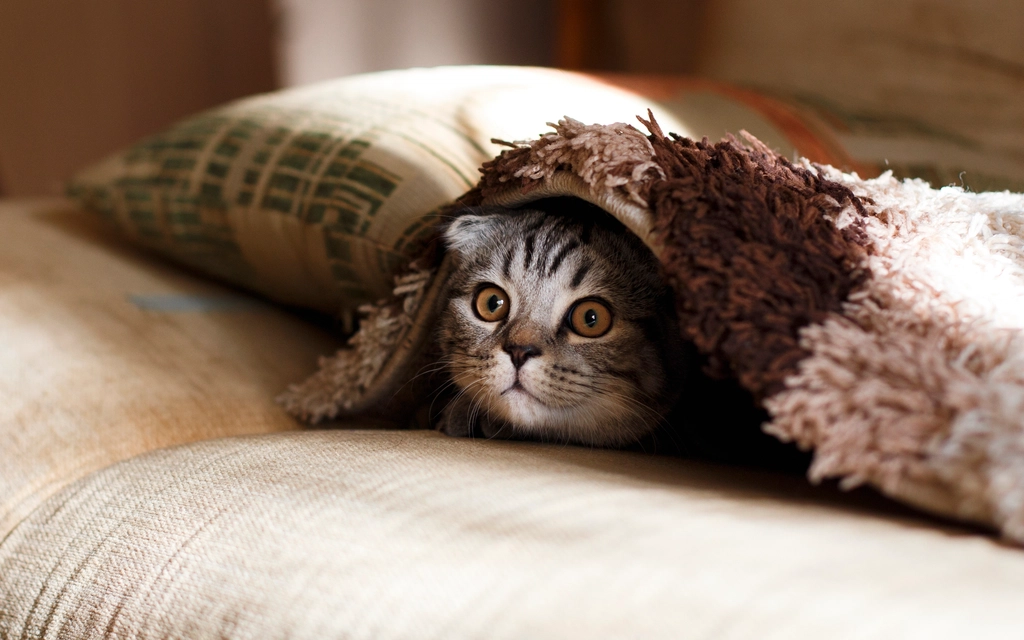Could it be possible that your feline friend is silently pleading for reassurance? Cats, known for their mysterious and independent nature, often communicate in subtle ways that can be easily overlooked. Unlike dogs, who may openly express their emotions, cats tend to be more reserved, leaving their owners to decipher their quiet cues. As a devoted cat lover, understanding these signals can deepen your bond and ensure your furry companion feels secure and loved. So, how can you tell if your cat is in need of a little extra comfort?
Understanding Your Cat’s Body Language
Cats communicate a lot through their body language, and by paying close attention, you can pick up on their need for reassurance. Look for signs such as a low and slow tail wag, which can indicate uncertainty or stress. Ears that are slightly tilted back or whiskers that are pulled forward might suggest that your cat is feeling anxious. Additionally, a cat that tucks its tail close to its body or crouches low to the ground might be seeking comfort. Observing these subtle cues can help you understand when your cat is silently asking for comfort.
The Power of Purring
Purring is often associated with a cat’s contentment, but it can also be a signal that your cat needs reassurance. When cats purr, they may be trying to calm themselves in a stressful situation. If your cat approaches you with a strong, continuous purr, it could be an invitation for you to offer some soothing strokes or gentle words. It’s their way of saying, “I need you right now.” Understanding the context of the purring can help you discern whether it’s a plea for comfort or simply a sign of happiness.
Clinginess and Following You Around
If your usually independent cat suddenly becomes clingy and follows you from room to room, it might be seeking reassurance. This behavior can be compared to a child seeking comfort from a parent. Cats may shadow their owners when they feel insecure or anxious, hoping to find solace in their presence. You might notice your cat sitting closer to you than usual or even attempting to climb onto your lap more frequently. This desire for closeness is a clear indicator that your cat may need some extra affection and reassurance.
Changes in Vocalization
While some cats are naturally more vocal than others, a sudden increase in meowing or different pitch in their voice can be a sign of distress. A cat that is silently begging for reassurance might start to meow more frequently, as if trying to communicate their unease. Pay attention to the tone and frequency of their vocalizations. A soft, plaintive meow might be their way of asking for comfort, while a loud and insistent cry could indicate a more urgent need for reassurance.
Unusual Grooming Habits
Cats are meticulous groomers, but if you notice your cat excessively licking or grooming themselves, it could be a sign of stress or anxiety. Over-grooming can lead to bald patches or irritated skin, and it’s often a self-soothing behavior. If your cat is grooming more than usual, it might be their way of coping with feelings of insecurity. This behavior is akin to biting your nails or twirling your hair when you’re anxious. Offering your cat some gentle attention and reassurance can help alleviate their stress.
Avoidance and Hiding

On the flip side, a cat that is silently begging for reassurance might retreat and hide. If your cat is suddenly spending more time under the bed or in secluded corners, it could be their way of dealing with anxiety. This behavior is similar to a person needing a moment of solitude to process their emotions. When your cat is in hiding, it’s essential to give them space but also reassure them with your presence. You can try sitting quietly nearby or speaking softly to let them know you’re there when they’re ready to come out.
Changes in Appetite
A cat’s appetite can be a significant indicator of their emotional state. If your cat suddenly loses interest in food or, conversely, begins overeating, it might be a sign they’re seeking reassurance. Stress and anxiety can affect a cat’s eating habits, just like it does in humans. If you notice a change in your cat’s appetite, it might be time to assess their environment and see if anything is causing them distress. Offering a comforting routine, with regular feeding times and familiar foods, can help your cat feel more secure.
Seeking Out Your Touch
Cats often seek physical contact when they need reassurance. If your cat nudges your hand or presses their body against you, they’re likely seeking comfort. This behavior is akin to a child reaching for a hug when they need assurance. Pay attention to these signals and respond with gentle petting or cuddling. Your touch can provide the comfort your cat is silently asking for, reinforcing their sense of security and strengthening your bond.
In conclusion, while cats may not express their emotions as openly as other pets, they do have their unique ways of communicating their need for reassurance. By being attentive to your cat’s body language, vocalizations, and behavior changes, you can better understand when they’re silently asking for comfort. Offering a little extra love and attention can go a long way in ensuring your feline friend feels safe and cherished. What subtle cues have you noticed in your cat that might be a call for reassurance?

Suhail Ahmed is a passionate digital professional and nature enthusiast with over 8 years of experience in content strategy, SEO, web development, and digital operations. Alongside his freelance journey, Suhail actively contributes to nature and wildlife platforms like Feline Fam, where he channels his curiosity for the Feline into engaging, educational storytelling.
With a strong background in managing digital ecosystems — from ecommerce stores and WordPress websites to social media and automation — Suhail merges technical precision with creative insight. His content reflects a rare balance: SEO-friendly yet deeply human, data-informed yet emotionally resonant.
Driven by a love for discovery and storytelling, Suhail believes in using digital platforms to amplify causes that matter — especially those protecting Earth’s biodiversity and inspiring sustainable living. Whether he’s managing online projects or crafting wildlife content, his goal remains the same: to inform, inspire, and leave a positive digital footprint.






